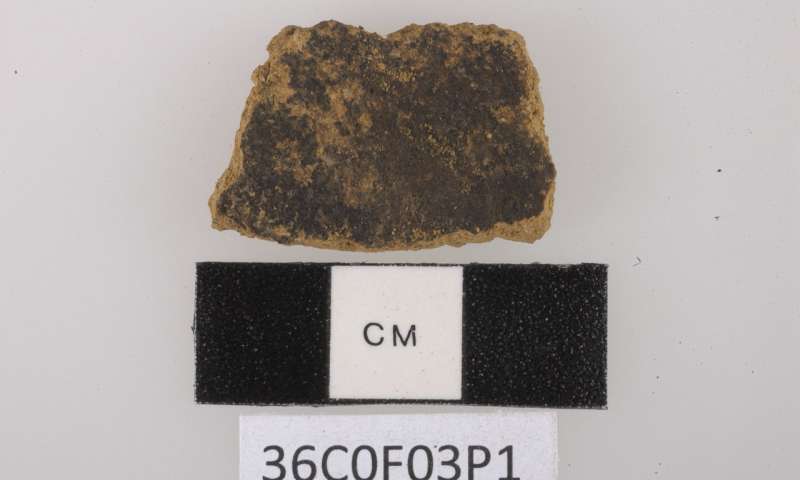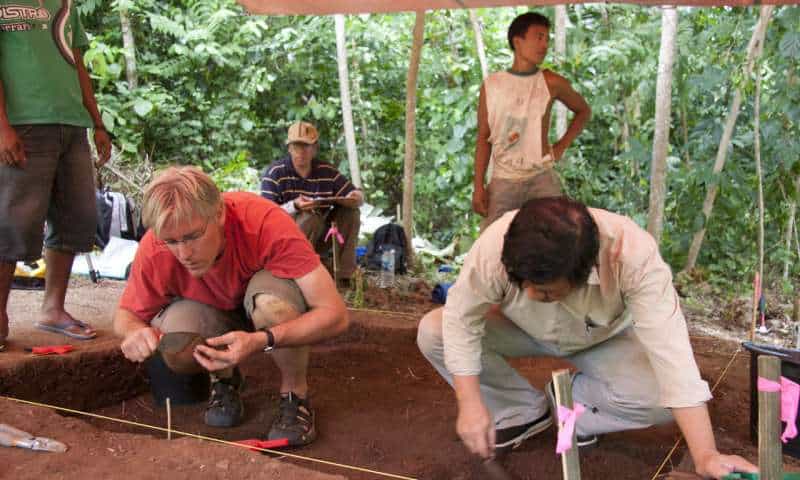As the autumn season is settling in and the lines are drawn around the infamous pumpkin spice latte, scientists report the earliest usage of another popular spice: nutmeg.

The findings were made at an archaeological site on Pulau Ay, a small island in central Indonesia. The nutmeg was found as residue on ceramic potsherds and is estimated to be around 3,500 years old — which is 2,000 years older than any previously known usage of the spice.
Pulau Ay is essentially a small limestone island which was occupied from 2,300 to 3,500 years ago. The archaeological site yielded numerous valuable findings, including animal bones, pottery, stone tools, and housing structures. The variety of artifacts discovered showcases how the local society changed century after century, and how their ability to use resources evolved over time.
[panel style=”panel-default” title=”Nutmeg” footer=””]Nutmeg is the name given to a spice made by grinding the seed of the fragrant nutmeg (Myristica fragrans) tree into powder. The spice has a very distinctive, warm, fragrance.
Another spice, called mace, is made from the reddish seed covering (aril) of the nutmeg seed. Its flavour is similar to nutmeg but slightly more delicate.[/panel]

The earliest archaeological findings depict a society based on fishing, but after the first 500 years, they had domesticated pigs and relied on them significantly for survival. The pottery style also evolved accordingly, from thin to thicker walls, which are better-suited for pig cooking.
Apparently, along with their taste for pig, the locals also developed a taste for nutmeg. Peter Lape, professor of anthropology at the University of Washington and one of the lead authors, comments:
“This site shows us how people adapted to living on these small tropical islands in stages, from occasional use as fishing camps to permanent occupation,” Lape said. “It’s also fascinating to see such early use of nutmeg, a spice that changed the world a few thousand years later.”

Pulau Ay lacks both indigenous land mammals and surface water — so any population that wanted to inhabit it needed to have technological advantages such as animal domestication and water storage. But even before these were developed by populations, the archaeological evidence suggests that it was regularly visited by people targeting its rich marine reef resources for several thousand years before more permanent populations were established. Then, 2,300 years ago, it was almost completely abandoned.
Evidence of inhabitants re-emerge 1,500 years ago, but it’s not clear what happened on the island between 2,300 and 1,500 years ago.
As for the nutmeg, it shows that, back then, serious trade routes were established, offering a new perspective on an ingredient that’s still valued today.
Journal Reference: Peter Lape et al, New Data from an Open Neolithic Site in Eastern Indonesia, Asian Perspectives (2018). DOI: 10.1353/asi.2018.0015



